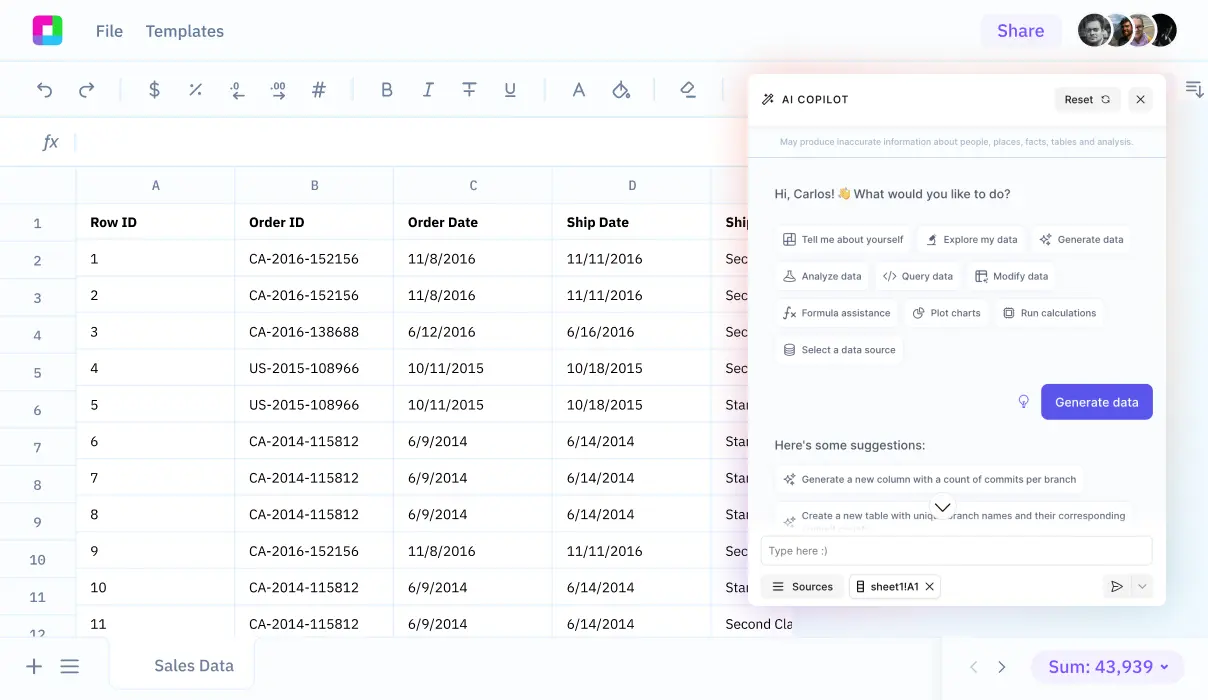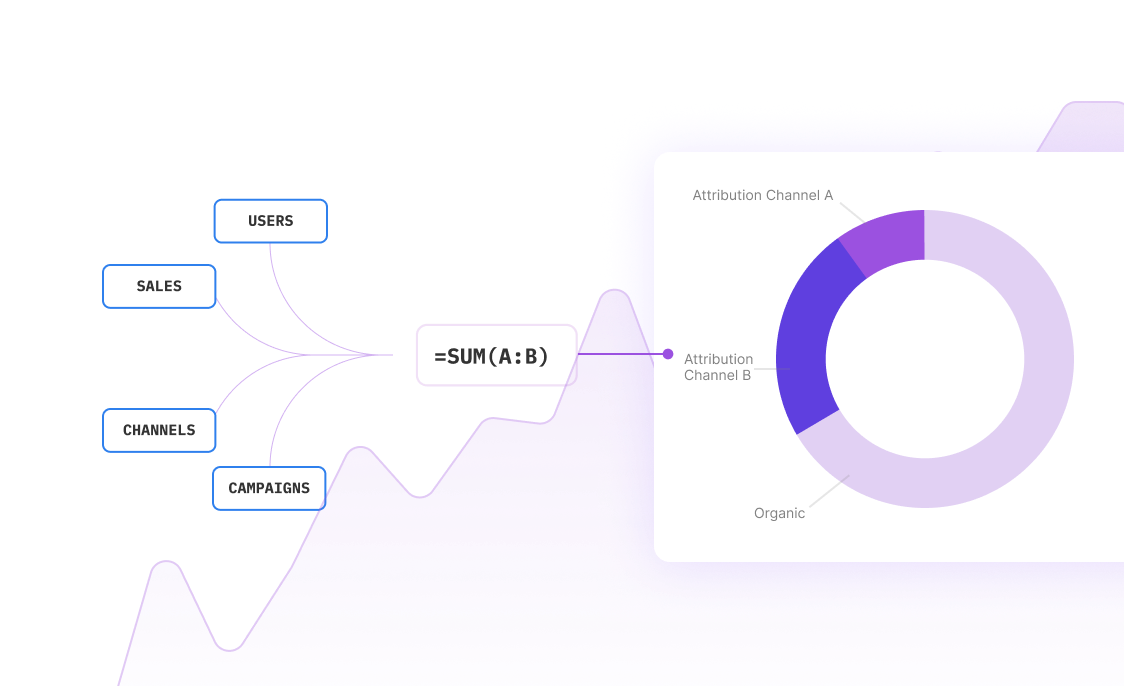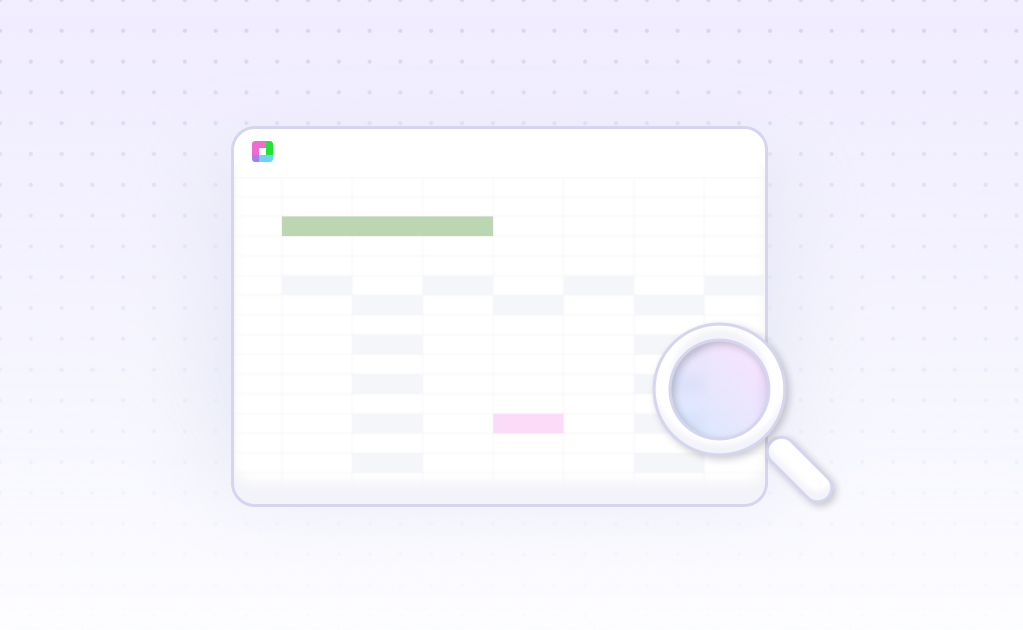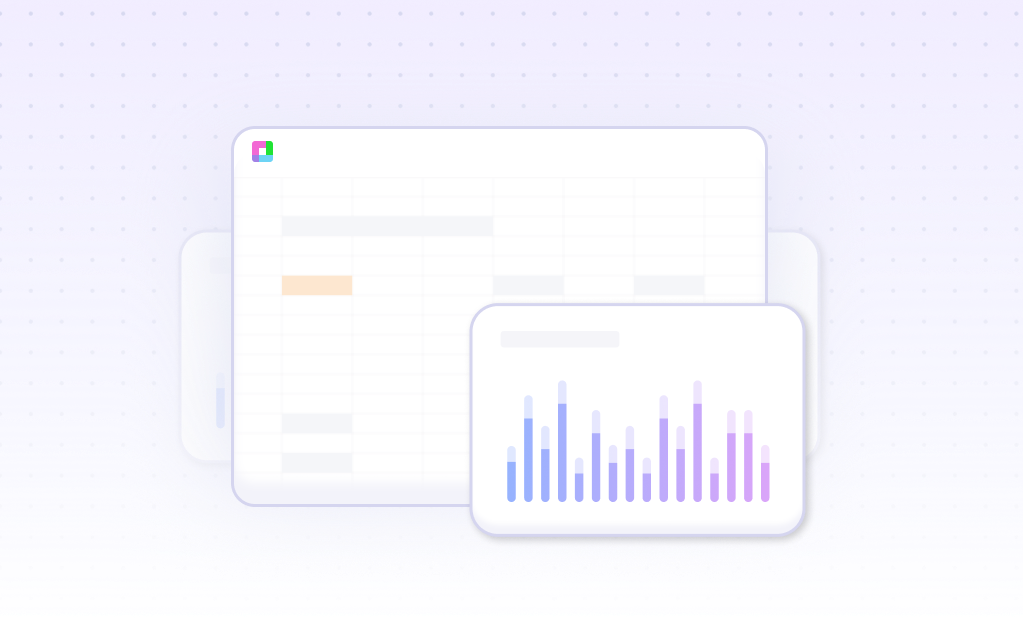
Introduction
Financial modeling in Excel is essential for projecting company performance, analyzing profitability, and conducting valuations. Traditional Excel models require careful structuring, with separate inputs, calculations, and outputs, while avoiding complicated formulas and circular references. These models guide critical decisions in valuation and capital budgeting.
AI tools are revolutionizing spreadsheet analysis by automating manual tasks and streamlining complex processes. Sourcetable offers an AI-powered alternative to traditional Excel modeling, automatically generating formulas and charts while providing advanced data analysis through SQL and Python integration.
Discover how Sourcetable simplifies financial model analysis with its AI capabilities at sourcetable.com/signup.
Why Sourcetable Is the Best Platform for Financial Model Analysis
Sourcetable's modern web spreadsheet platform represents the future of financial modeling by combining always-connected functionality with advanced AI capabilities. Unlike Excel's traditional desktop approach, Sourcetable operates as a networked spreadsheet that's always on and accessible.
Enhanced Efficiency Through AI Integration
Where Excel requires manual data processing, Sourcetable's AI integration automates time-consuming tasks and reduces human error. This automation enables more accurate financial predictions and real-time insights, crucial for modern financial analysis.
Natural Language Processing Advantage
While Excel offers basic natural language queries through its Ideas feature, Sourcetable takes this functionality further by operating as a fully integrated AI-powered platform. This seamless integration enables more sophisticated data analysis and visualization capabilities, transforming complex financial data into actionable insights.
Superior Risk Management and Decision Making
Sourcetable's always-connected nature combined with AI-driven analytics provides enhanced risk management capabilities and improved financial performance tracking. This real-time analysis capability surpasses Excel's traditional static analysis model, enabling faster and more informed decision-making.
Benefits of Financial Model Analysis with AI-Powered Spreadsheets
Financial modeling enables organizations to analyze their current position and predict future performance. Through effective modeling, companies can manage risk, allocate resources efficiently, and make smart investment decisions. This strategic tool helps secure funding and develop sustainable growth strategies while supporting day-to-day operations.
Key Advantages of Financial Modeling
Financial models provide critical insights for capital allocation and performance assessment. Organizations use these models to evaluate their current financial health and plan strategic growth initiatives. The analysis informs both immediate operational decisions and long-term business strategy.
Enhanced Analysis with AI-Powered Features
Modern financial modeling leverages AI capabilities like natural language processing and automated analysis. Features such as Add Columns provide AI-powered calculations, while Get Answers and Ask Anything enable natural language queries for business intelligence. The ASK_OPENAI formula and AI Analyst features further enhance data analysis capabilities.
Financial Model Analysis Examples in Sourcetable
Sourcetable supports multiple types of financial modeling approaches for comprehensive analysis, from fundamental models to advanced statistical methods.
Core Financial Models
The Three-Statement Financial Model forms the foundation for analysis, while M&A Models evaluate potential mergers and acquisitions. For capital planning, the Capital Budgeting Model and IPO Model help assess investment opportunities and public offerings.
Forecasting and Statistical Models
Time series analysis employs Straight-Line Models and Moving Average Models for trend prediction. Linear Regression Models enable statistical forecasting, while Monte-Carlo simulations provide probability-based scenarios.
Valuation Models
The Discounted Cash Flow (DCF) Model calculates present value using PV = FV / (1 + r)^n. For options trading, the Black-Scholes Model and binomial tree approaches determine derivative pricing. The Sum-of-the-parts Model values different business segments independently.
Risk Management Models
Asset and Liability Management (ALM) and CCA Models assess financial risk exposure. LBO Models analyze leveraged buyout scenarios, while Option Pricing Models evaluate derivative instruments.
Use Cases for Financial Model Analysis with Sourcetable
Automated P&L Statement Analysis |
Integrate live accounting data for automated P&L statement generation. Customize formulas and scenarios to analyze financial performance trends. Create visualizations of key metrics while reducing manual data entry errors. |
Multi-Source Data Consolidation |
Connect multiple data sources through Sourcetable's integration capabilities. Collate and organize large datasets from accounting software and business tools. Generate comprehensive financial reports with automated data updates. |
Collaborative Scenario Planning |
Build dynamic financial models with customizable scenarios. Enable team collaboration through rapid forecast updates. Maintain data security while sharing analysis across departments. |
Price-Volume-Mix Analysis |
Create automated variance analysis reports using integrated data sources. Calculate key metrics like |
Frequently Asked Questions
What is financial model analysis and what are its key benefits?
Financial model analysis is a structured approach to organizing and analyzing a business's operations in a time-series format. It measures company performance both against itself over time and against industry peers. When enhanced with AI capabilities, financial model analysis improves efficiency, provides deeper insights, reduces manual errors, and enables more accurate predictions through big data analysis.
How does sensitivity analysis work in financial modeling?
Sensitivity analysis, also known as 'what-if' analysis, evaluates how changes in key assumptions affect a financial model's outcomes. It allows analysts to assess the impact of varying inputs like revenue growth and cost fluctuations on financial metrics such as earnings per share (EPS). Data tables enable the examination of different combinations of two variables to understand their influence on results.
What are the essential steps for performing financial analysis in modern spreadsheets?
The key steps include gathering financial information, organizing data, analyzing financial statements, using linking formulas for traceability, calculating key financial ratios, comparing ratios to industry benchmarks, and spotting main drivers of variances. Supporting sheets enable data-driven storytelling, while tools like Pivot Tables facilitate data grouping and insight discovery.
Conclusion
Financial modeling in Excel remains a cornerstone of business decision-making, particularly for profitability analyses, valuations, and performance projections. Traditional Excel models require careful structuring with separate inputs, calculations, and outputs, while avoiding complicated formulas and circular references.
Sourcetable offers a modern AI-powered alternative to traditional Excel financial modeling. It automates routine spreadsheet tasks, generates complex formulas like SUM and VLOOKUP, and provides advanced data analysis through SQL and Python integration. The platform's AI capabilities extend to automated data cleaning, chart generation, and integration with over 100 platforms including Quickbooks, Shopify, and Hubspot.
Ready to revolutionize your financial modeling workflow? Try Sourcetable today and experience the future of AI-powered financial analysis.
Recommended Analysis Guides
Connect your most-used data sources and tools to Sourcetable for seamless analysis.
Frequently Asked Questions
If your question is not covered here, you can contact our team.
Contact Us





